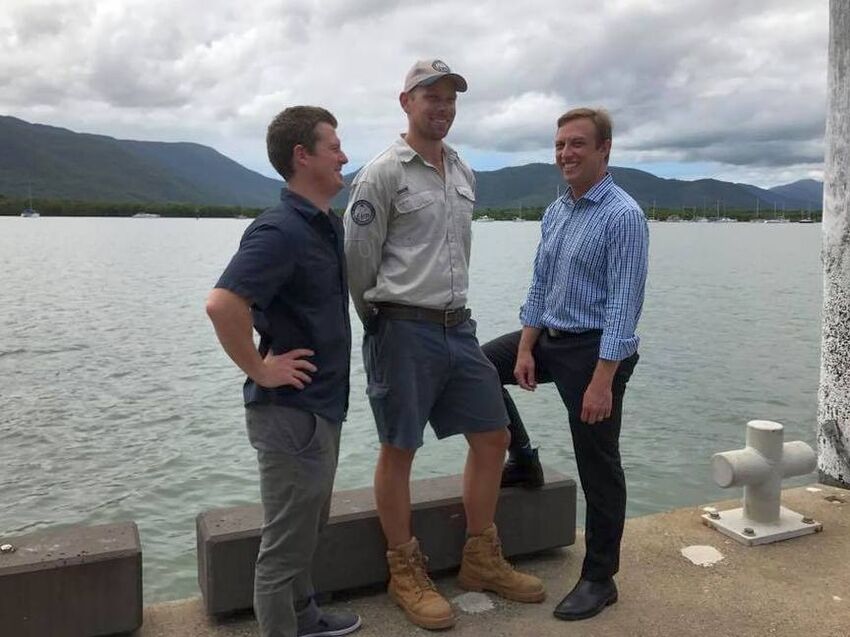Crocs in Cairns to be relocated 'regardless of size or behaviour'

Crocs cruising inland waterways near Cairns will be removed regardless of size or behaviour under a new crocodile management plan unveiled this morning.
Announced by Environment Minister Steven Miles in Cairns, the unified Queensland Crocodile Management Plan will replace previous plans in place for local government areas including Cairns, Douglas and the Cassowary Coast.
Under the new plan, six crocodile management zones have been established, each determined by the overall risk to public safety.
Cairns’ inland waterways, including the Barron River, have been designated as Active Removal Zones (Zone B). You can view the new Cairns zone map by clicking here.
“The management objective for this zone is to significantly reduce the number of crocodiles in close proximity to large urban areas, with a particular focus on large crocodiles,” the plan reads.
“Management approach changes from time to time, but generally involves a combination of the use of permanent, regularly monitored traps in some creeks, and patrolling to detect and target crocodiles for removal.
“Crocodiles are also targeted for removal if a sighting is received from the public.
“In this zone, crocodiles are targeted for removal regardless of size or behaviour.”
Crocodiles found in Zone B areas will be relocated to crocodile farms and zoos.
Crocs found in the waters off Cairns – designated as Zone D, or ‘Transitory Zone’ – will be “encouraged” to move away from the beach if necessary, or – in the case of reptiles displaying dangerous behaviour – be targeted for removal.
The plan is a firm rejection of calls for a croc cull, sparked in part by the fatal attack by a 4.3m saltie on a 46-year-old woman near Cape Tribulation last year.
“We want to be guided by science – not emotion,” Dr Miles said.
“The plan sets out a comprehensive and coordinated framework for managing the risks crocodiles pose to people, while continuing to ensure that crocodiles can maintain healthy populations in their natural habitat.
“The purpose of this improved, integrated plan is to provide consistency and a greater understanding of the risks posed by crocodiles.”
The new plan, which can be found here, will be discussed at a CrocWise roundtable in Cairns later this month.
NUMBER CRUNCHING:
- Over 140 crocodiles have been removed from Cairns waters since 2012, as compared to 27 from the Cassowary Coast; 16 from Port Douglas; 15 from Townsville; 9 from Hinchinbrook, 3 from Mareeba
- In 2016 there were 80 crocodiles removed in Queensland, compared with 36 in 2015; 62 in 2014; 36 in 2013, and 9 in 2012
- To date, 16 crocodiles have been removed in 2017


